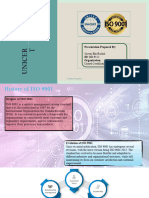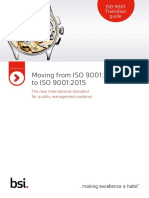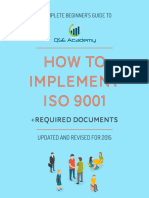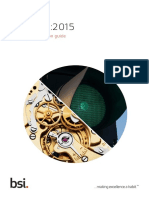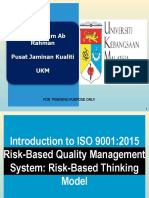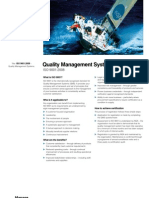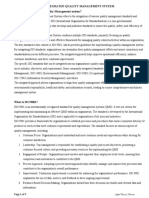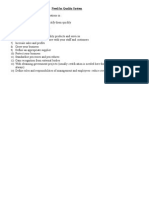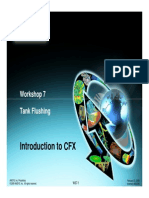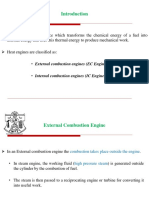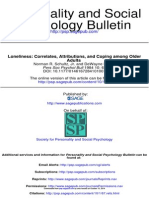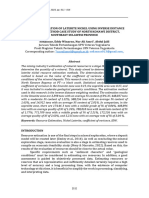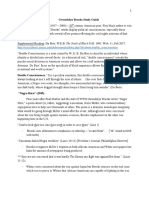0% found this document useful (0 votes)
17 views4 pagesImplementing Iso
The document serves as a guide for implementing ISO 9001:2015, an international standard for Quality Management Systems aimed at enhancing customer satisfaction and operational efficiency. It outlines the benefits of ISO 9001, including improved reputation and increased revenue, and details the structure of the ISO 9001 Implementation Guide, which includes key sections such as the PDCA cycle, risk-based thinking, and the Annex SL framework. The guide emphasizes the importance of continuous improvement and ongoing engagement with the QMS post-implementation.
Uploaded by
hisayo.61Copyright
© © All Rights Reserved
We take content rights seriously. If you suspect this is your content, claim it here.
Available Formats
Download as DOCX, PDF, TXT or read online on Scribd
0% found this document useful (0 votes)
17 views4 pagesImplementing Iso
The document serves as a guide for implementing ISO 9001:2015, an international standard for Quality Management Systems aimed at enhancing customer satisfaction and operational efficiency. It outlines the benefits of ISO 9001, including improved reputation and increased revenue, and details the structure of the ISO 9001 Implementation Guide, which includes key sections such as the PDCA cycle, risk-based thinking, and the Annex SL framework. The guide emphasizes the importance of continuous improvement and ongoing engagement with the QMS post-implementation.
Uploaded by
hisayo.61Copyright
© © All Rights Reserved
We take content rights seriously. If you suspect this is your content, claim it here.
Available Formats
Download as DOCX, PDF, TXT or read online on Scribd
/ 4







